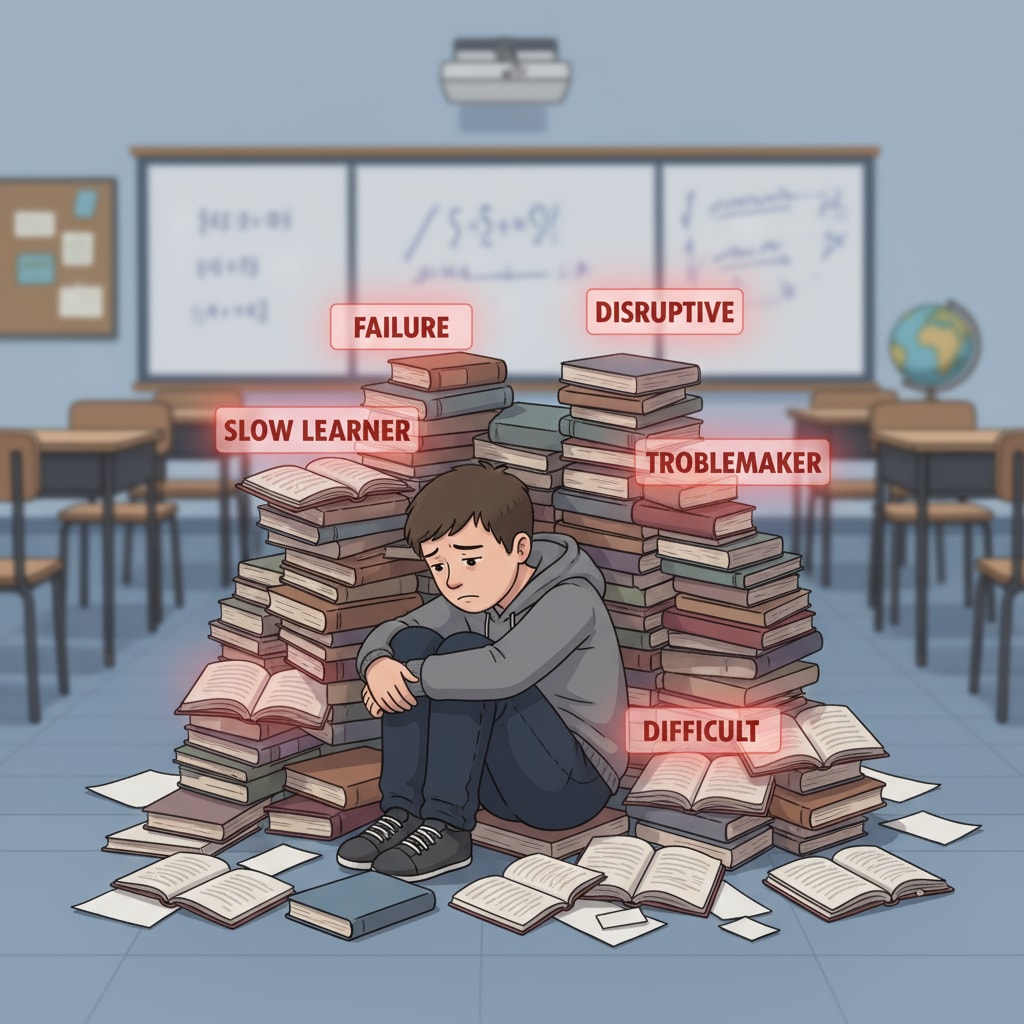Teacher bias, campus injustice, and student labeling are issues that have long plagued the K12 education system. In many classrooms, students are unfortunately given unfair labels that can have a lasting impact on their academic and personal development.
The Formation of Unfair Student Labels
Teacher bias often plays a significant role in the creation of these labels. For example, a teacher might label a student as a “problem student” based on a few isolated incidents, rather than taking the time to understand the underlying causes. This could be due to a variety of factors, such as the student’s learning style not matching the teacher’s teaching method, or the student having personal issues that are affecting their behavior in class. Effects of Teacher Bias on Education

The Consequences of Student Labeling
Once a student is labeled as a “problem student,” it can have a snowball effect. Their self-esteem may plummet, as they start to believe the negative label placed on them. This can lead to a decrease in academic performance, as they become less motivated to learn. In addition, other students may start to view the labeled student differently, further isolating them. The Impact of Student Labels on Well-being

The long-term effects of these labels can be even more severe. Students who are labeled as “problem students” may be less likely to pursue higher education or have successful careers. They may carry the emotional baggage of these labels into adulthood, affecting their relationships and overall quality of life.
Readability guidance: By highlighting the formation and consequences of unfair student labels, we can see the importance of addressing teacher bias. Educators need to be more aware of their own biases and take steps to create a more inclusive and fair learning environment. This can involve professional development training, as well as implementing policies that promote equality in the classroom.


